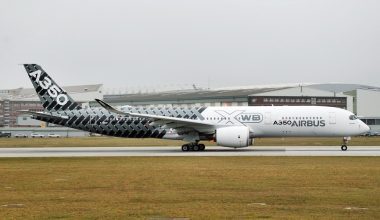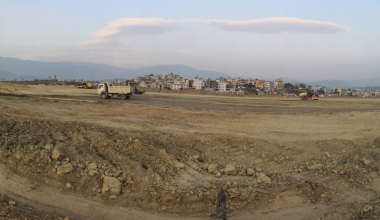Major Problem: Airlines of Nepal faces shortage of pilots
May 3, 2017-Kathmandu
Nepali airlines companies are facing a shortage of pilots with the aviation industry ending a long period in the doldrums and suddenly taking off amid a spurt in travel demand.
New airlines are eventually entering the scene and existing carriers are expanding their fleets, resulting in a deficit of more captains and co-pilots, according to industry insiders. They said that 60 percent of the demand would be for pilots of jet aircraft.
Amid the sudden expansion of the aviation industry, a key question is where the pilots are going to come from. Airline officials said that poaching pilots would become another issue in the industry soon. When there aren’t enough pilots to go around, carriers will certainly resort to headhunting, they said.
According to Civil Aviation Authority of Nepal (CAAN), the mandatory for beginner pilot to upgrade to a junior captain is at least 1,500 flying hours but it may also vary depending upon the airline policy. Many carriers have set their own minimum requirement at 2,000 hours, noted officials from CAAN.
As per the CAAN report, there are currently about 240 pilots holding airline transport pilot licenses (ATPL) for fixed-wing aircraft and about 20 pilots for rotor craft. An ATPL allows the holder to act as the pilot in command or captain.
Likewise, the number of commercial pilot license (CPL) holders is about 285 for fixed-wings aircraft and about 50 for rotor craft. CPL is a qualification that permits the holder to act as the pilot in command of a single pilot aircraft, or as co-pilot of a multi-pilot aircraft.
Shortage of Pilot has become a major issue to the airlines. It has started to pose a major headache for some airlines. Some have been attempting to lure foreign pilots by offering a large salary. This trend is more visible among helicopter companies as nearly 50 percent of their flying crew are foreigners, airline officials said.
Few days earlier Nepal Airlines had published an advertisement to hire seven pilots unfortunately only one pilot applied for vacancy. This clearly shows the scenario of Pilots in Aviation Industry of Nepal. Nepal Airlines recently bought Chinese made aircraft are grounded at TIA due to insufficient pilots.
Meanwhile, NAC is also on final to bring two wide-body jets for which it will require 20 sets of pilots each (10 captains and 10 copilots). As airlines are on an expansion spree, the total number of aircraft in the country is expected to more than triple in the next four-five years.
Himalaya Airlines currently flies three Airbus A320, and plans to induct another into its fleet by August. The carrier, a Nepal-China joint venture, plans to acquire 15 A320 aircraft over the next five years. It has hired a few foreign captains.
Yeti Airlines is inducting two ATR 72-500 turboprops into its fleet by end of May, 2017. Its subsidiary Tara Air is acquiring three new Viking Twin Otter series aircraft while Goma Air, Buddha Air and Saurya Airlines simultaneously added two Let 410 aircraft, ATR 72-500 and one Bombardier CRJ 200 aircraft into its fleet.
Shree Airlines turned into fixed-wing operations and had bought two CRJ200 aircraft. By the end of this month the airlines aims to bring another Bombardier CRJ 700 aircraft. Saurya Airlines is also likely to add another Bombardier CRJ 200 very soon.
Another Airlines, Gorkha Airlines which recently renewed its AOC is likely to bring two ERJ 145 and two Dornier DO-228 for its operation. Likewise, all the single engine fixed wing operator are grounded on their base due to lack of pilots.
Hence, it is pretty sure that the aviation industry of Nepal will be encountering shortage of pilot soon. It is a matter of huge concern to every aviation authorities.






